Iresine: [Cultivation, Irrigation, Care, Pests and Diseases]
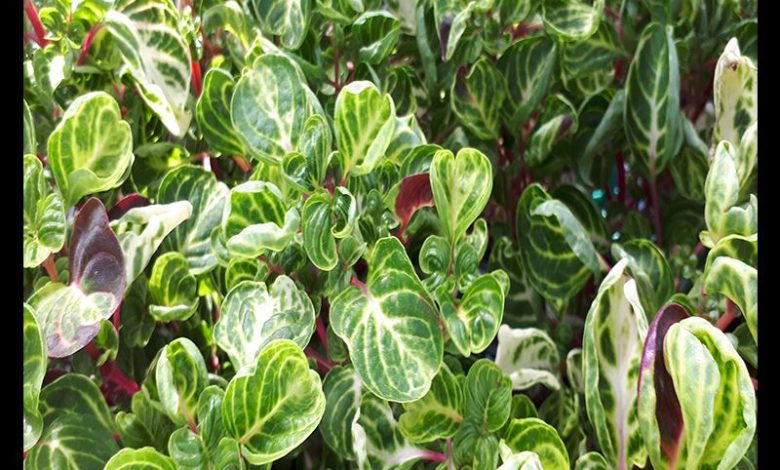
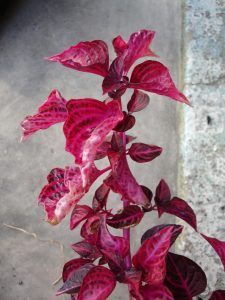 The iresine is a very striking tropical plant because its leaves are red , which offers a great contrast with the characteristic green of other species.
The iresine is a very striking tropical plant because its leaves are red , which offers a great contrast with the characteristic green of other species.
Its function is mainly ornamental, so you can have it decorating the garden or indoors.One point that should be considered when working outdoors is that it does not withstand temperatures below 15º C.
This leads to be very careful with the arrival of winter in areas where temperatures drop a lot during this season.
If you want to enjoy it and you are interested in knowing all the information about it, then we give you this complete guide.
Important points when sowing an iresine
- When? In late winter or early spring.
- Where? Indoors or outdoors in hot climates and without direct sunlight.
- How do we prepare the land? With common garden soil, sand and organic matter.
- How should we water? Abundant in summer days and little in winter.
- How often do you have to water? Almost every day in summer and only when the ground is dry in winter.
- What care do you need? Fertilizations every 15 days in spring- summer, transplanted.
- What pests and diseases does it have? It is mainly attacked by aphids.
When to sow an iresine?
Sowing is normally carried out by cuttings during the final days of winter or the beginning of spring , always with shelter indoors.When it takes hold in the pot and temperatures drop, it can be moved to a warmer environment outside.
Where to plant an iresine?
Iresine can be planted indoors or outdoors. Outdoors it manages to flourish although its specimens are very inconspicuous. It is necessary to place it in a space where it receives a lot of light but not directly to avoid damage to its leaves.
Outdoors it can be placed near a shady wall or tree, while indoors next to a window is ideal. In addition to that, it also needs protection from strong air currents, a determining aspect of planting outside the home.
How to prepare the land?
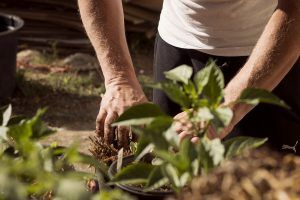 Iresine is not very picky about the land it cultivates. However, we should pay enough attention to this point to make it perfect.
Iresine is not very picky about the land it cultivates. However, we should pay enough attention to this point to make it perfect.
Using garden soil mixed with sand is ideal. It will also be possible to add a little universal substrate if available.
So that it is well nourished, the use of natural organic matter will be the most recommended. A good plan is to bet on homemade organic matter such as compost or humus.
How do we water iresine?
Iresine does well in very humid environments, so the irrigation system must be abundant, preferably during the summer. If kept indoors, it is even worth spraying water into the room if it is perceived to be too dry to raise the humidity level.
How often do we water the iresine?
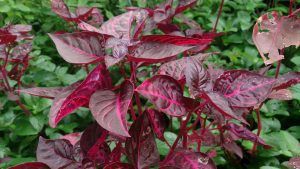 In summer, watering should be quite frequent, almost daily if the soil is more or less dry, since it needs good humidity.
In summer, watering should be quite frequent, almost daily if the soil is more or less dry, since it needs good humidity.
When winter arrives, this frequency will decrease, executing only the necessary waterings to keep the soil slightly moist.
How to plant an iresine step by step?
Iresine is planted using cuttings taken from an existing plant. The procedure will be like this:
- Select an adult plant that is in good health and cut a stem about 15 centimeters in length above a node.
- In a glass of water, submerge the cutting so that the base is submerged in the liquid. If the cutting has leaves, it is necessary to remove most of them, leaving only 2 or 3 at the top, not submerged in water.
- Wait about 20 days until the first roots begin to show .
- Prepare a pot with the appropriate dimensions and open a hole large enough to place the cutting with its new roots gently, without imprisoning them.
- Place the cutting and cover with soil pressing lightly with your fingers to ensure stability.
- Water with a little water so that the soil settles and the roots establish themselves in the new environment.
What care does iresine need?
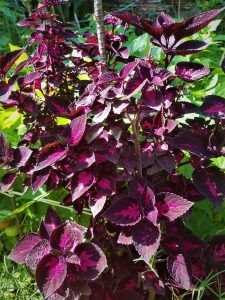 Fertilizations can be carried out during the spring-summer period approximately every 15 days.It is best to use a product that can be added to the irrigation water to facilitate the absorption of nutrients.
Fertilizations can be carried out during the spring-summer period approximately every 15 days.It is best to use a product that can be added to the irrigation water to facilitate the absorption of nutrients.
When the plant is in full growth, it is necessary to transplant it to larger pots every two years.In this way the roots can be aerated and thus the iresine will grow properly.
In the case of pruning, it is not a species that requires it particularly due to its orderly growth form.If a light pruning is applied to the vegetative tips, it will be possible to make the plant bushier.
What pests and diseases affect iresine?
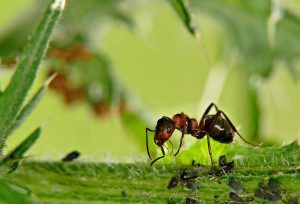 The iresine can be a victim of the attack of aphids , which will cause significant damage if they are not controlled.
The iresine can be a victim of the attack of aphids , which will cause significant damage if they are not controlled.
The good news is that there are organic products specially designed to deal with them, but it is necessary to act quickly.
Other damage that iresine can suffer is oriented to the lack of constant watering, which will cause the leaves of the plant to wither and fall.
On the other hand, when the plant is not kept in a space where it receives enough light each day, the leaves tend to look pale and lose their color.Taking into consideration that the main attraction is precisely that vibrant red of the leaves, you have to be very careful with this.
The exceptional characteristics of iresine have made it an outstanding species when selecting plants to decorate interiors.The fact that it does not flower when kept in these conditions does not really cause major negative effects to its beauty.
Therefore, it tends to be an ideal option to place in apartments or in houses where you want to refresh the spaces by adding a touch of color.Of course, we must not forget that it has few but very particular requirements, especially with regard to irrigation and light.


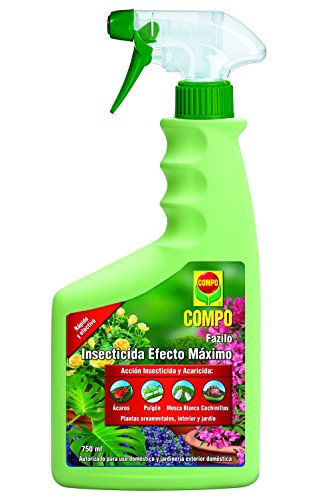
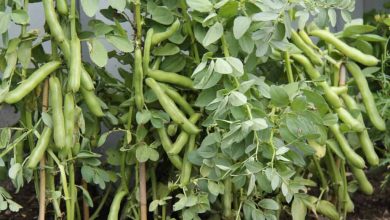
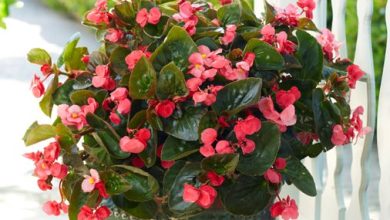
![Photo of When to Grow Tulips: [Temperature and Hemisphere]](https://www.complete-gardening.com/wp-content/uploads/2022/08/when-to-grow-tulips-temperature-and-hemisphere-390x220.jpg)
![Photo of Plant Gardenias: [Care, Planting, Irrigation, Substrate]](https://www.complete-gardening.com/wp-content/uploads/2022/08/plant-gardenias-care-planting-irrigation-substrate-390x220.jpg)